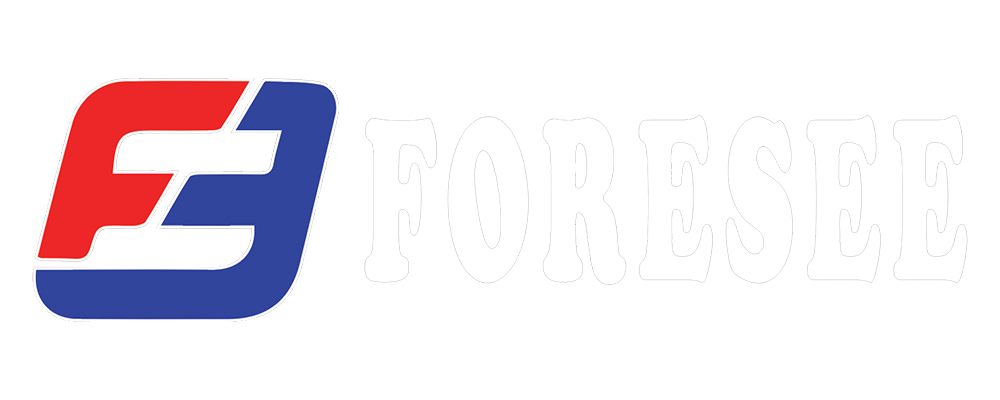AWS A5.25 Classification
The AWS A5.25 specification covers carbon and low-alloy steel electrodes and fluxes for electroslag welding (ESW). This process involves consumable electrodes, molten slag, and a specific welding setup to create high-quality welds in thick sections of steel. Here's a detailed breakdown of AWS A5.25:
-
Application: This specification focuses on consumables used in electroslag welding, a specialized process suitable for welding very thick sections of carbon and low-alloy steels. ESW utilizes a consumable electrode continuously fed into a molten slag bath. The slag acts as a heat source and filter, producing deep and clean welds.
-
Materials: AWS A5.25 classifies consumables for welding two main steel categories:
- Carbon Steels: These steels contain a low percentage of alloying elements and are generally less expensive than low-alloy steels.
- Low-Alloy Steels: These steels have small amounts of elements like manganese, nickel, or chromium added to improve their mechanical properties compared to plain carbon steels.
-
Classification System: AWS A5.25 uses a coding system to classify electrodes and fluxes based on several factors:
- Electrodes: The classification code (e.g., ESXX for U.S. customary units) indicates the chemical composition of the solid electrode or the weld metal deposited by a composite electrode.
- Fluxes: Fluxes are classified based on the type of steel they are suitable for welding (carbon or low-alloy) and their overall basicity, which affects the weld metal properties (e.g., FXX for U.S. customary units).
-
Benefits of Using AWS A5.25 Classified Consumables:
- Standardized Performance: The classification system ensures consistent properties of electrodes and fluxes, leading to predictable and reliable welds in thick sections.
- Selection Guidance: The system aids in selecting compatible electrodes and fluxes for the specific steel type and desired weld properties (strength, toughness, etc.).
Key aspects of AWS A5.25 include:
- Classification: Electrodes and fluxes are classified based on their chemical composition, usability characteristics, and the mechanical properties of the weld metal produced.
- Chemical Composition: Defines the acceptable range of elements in the electrode and flux to ensure the desired properties in the weld metal.
- Mechanical Properties: Specifies the mechanical properties that the weld metal must achieve, such as tensile strength, yield strength, impact toughness, and elongation.
- Testing and Inspection: Outlines the tests required to verify the quality of the welding materials, including chemical analysis, mechanical testing, and usability testing.
- Packaging and Marking: Provides requirements for the packaging and labeling of the electrodes and fluxes to ensure proper identification and traceability.
Foresee Electronics INC., North America Headquarters in Irvine, California
-
Address
18103 Sky Park Circle, B2, Irvine, CA 92614
-
Phone
+1 949 264 3389
-
Email
info@foreseeusa.com
-
Office hours
Monday to Friday 09:00 - 17:30 Saturday & Sunday Close
